Nestled in the red rocks at the southern escarpment of the Colorado Plateau, the Chapel of the Holy Cross breaks the monotony of Sedonas cookie-cutter southwest style architecture. In the Summer of 2010, I spent a month with my family in Arizona. In addition to visiting Lake Havasu and the Grand Canyon, I worked with my uncle delivering one of a kind pieces of furniture. Our delivery would take us across the state, but my visit to Sedona was the most memorable. The simplicity and minimalism of both the exterior and interior were extremely profound. The large pane windows and stoic cross shuts outside interference. Its lack of gaudy ornaments and iconography leaves one at peace with their creator.
Monthly Archives: August 2020
Masjed-e Jame of Isfahan
Isfahan is the third-largest city in the Islamic Republic of Iran. While smaller than the capital city of Tehran, Isfahan is home to approximately 2 million people and a hub for Iranian commercial and military industry. At the heart of this ancient city sits the Great Mosque of Isfahan (Masjed-e Jame of Isfahan). This Mosque is unique for its pioneering of the four-iwan layout. Building upon the traditional hypostyle design, the four-iwan design kept the courtyard as a centerpiece and the maze of vertical columns but expanded it from a single structure to a chain of 4 surrounding the courtyard. This factor I believe is critical to the importance of structure but also why it is influential to me. Its sheer size and many gates have made this mosque a hub beyond daily prayer.
I believe much of the large structures we see in daily life are often “unitaskers”, dedicated to the gods of consumerism. The landscape is littered with temples hosting brand deities, ministries of administrative and bureaucratical affairs, and the cluster of tightly packed monastic cells for the worshipers of this strange little cult. This lack of interconnectivity creates insipid spaces with no existential value. The Great Mosque of Isfahan on the other hand serves as a community centerpiece, drawing in its masses for prayer but also interconnecting the various ends of this city. The role as both a religious haven and communal exchange is the greatest significance of this structure.
Setting aside its cultural importance, the mosques elaborate muqarnas vaulted above each of Isfahan 4 large gates is a breath-taking sight. Typically, small honeycombs, the muqarnas combs in Isfahan are larger than those normally found in the breadth of Islamic work. The majesty of the blue turquoise and the hints of creamy beige captivate and bring to life each of the iwan gates. Connecting these gates is a two-story arcade of ogival arches, almost masquerading as windows allowing onlookers to peer into the soul of the structure; without stepping foot in its sacred halls.
OKC Temple
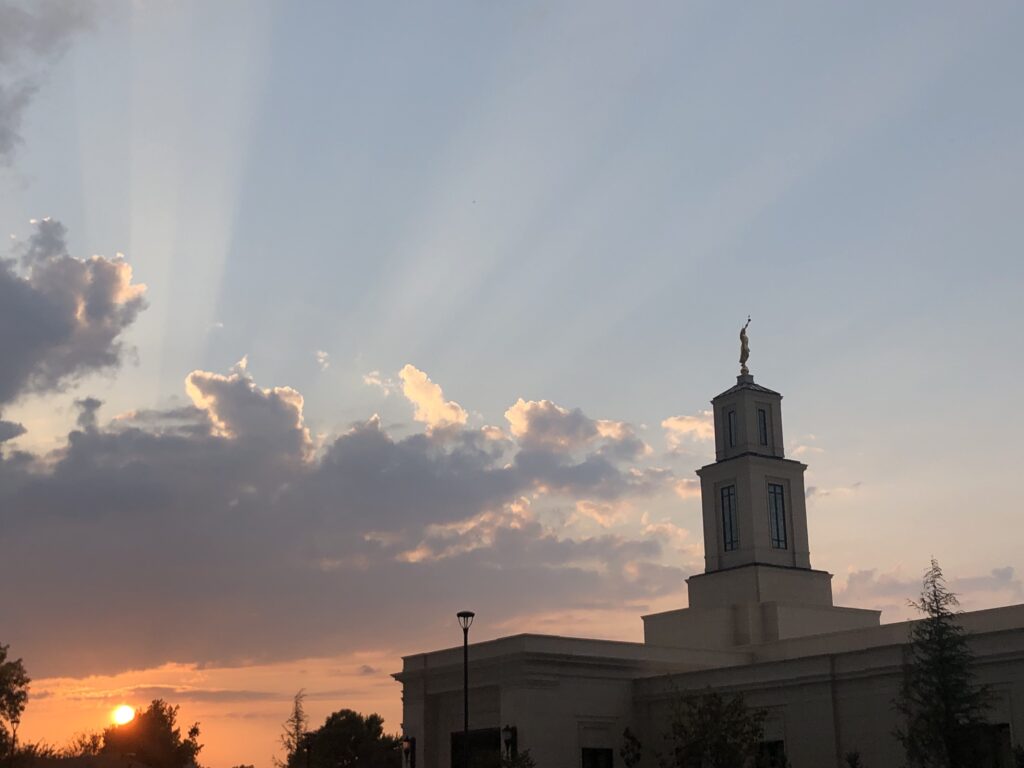
Most people can recognize the Salt Lake Temple of the Church of Jesus Christ of Latter-day Saints, but I don’t think quite as many would be able to recognize the Oklahoma City Oklahoma Temple. Most people probably don’t even know it’s here. I love this building because of the purpose it serves but also because of the tender love and attention to detail in the design. In my church, temples are a very important part of our beliefs and they bring me a lot of peace in my life. There are nearly 200 functioning temples all over the world with many more under construction or soon to be. Each temple design uses cultural and environmental influences from the area it is built. The OKC Temple has murals of the rolling Wichita Mountains and our state wildflower, the Indian blanket flower, and used as details in gold railings and stained glass. I would love the temple even without the ornamentation but I have a special appreciation for the simple details that were included.
Brunelleschi’s Dome
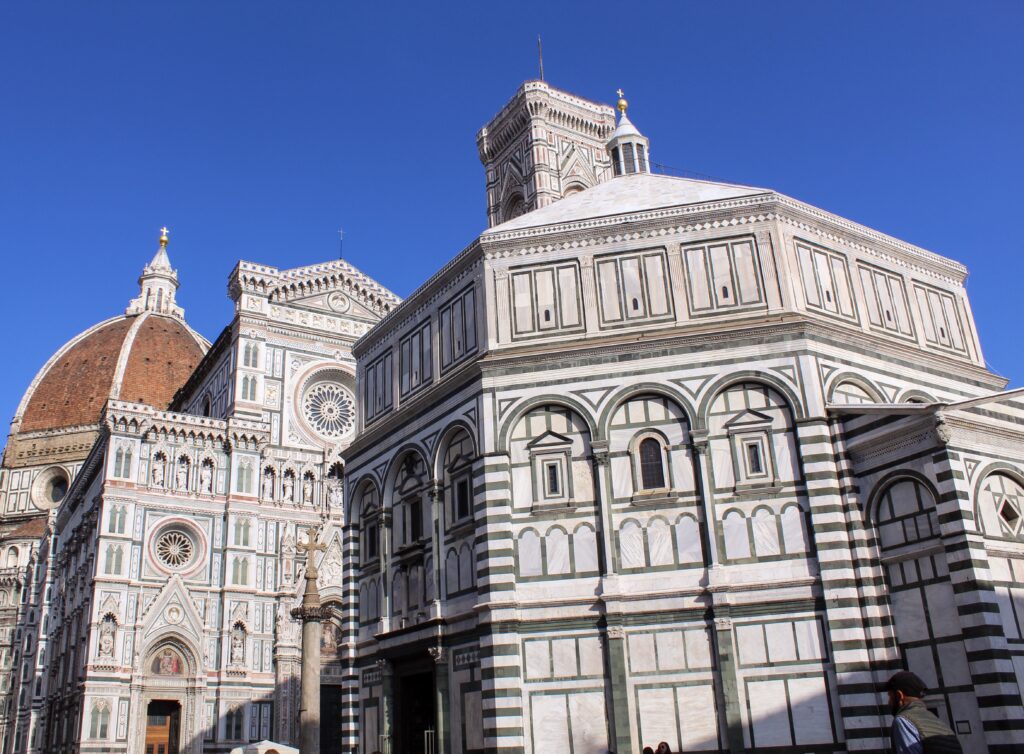
Formally known as Cattedrale di Santa Maria del Fiore, casually known as Brunelleschi’s Dome, and maybe better known to Americans as “the big church in Florence,” this cathedral stands tall in Tuscany. I had the opportunity to climb all of the stairs to the top of the dome while studying at OU Arezzo. I don’t understand much about engineering or how this dome stands and has stood the test of time, but I do understand the true magnificence of such an extraordinary and unmistakable piece of art. The inside is even more detailed and striking than the outside. All I could think of when I was there was what a wonderful thing it is that artists and architectures passed down their work to the next generations to complete and for others to enjoy for centuries to come. This breathtaking building is one of my favorites in the world.
French Barn
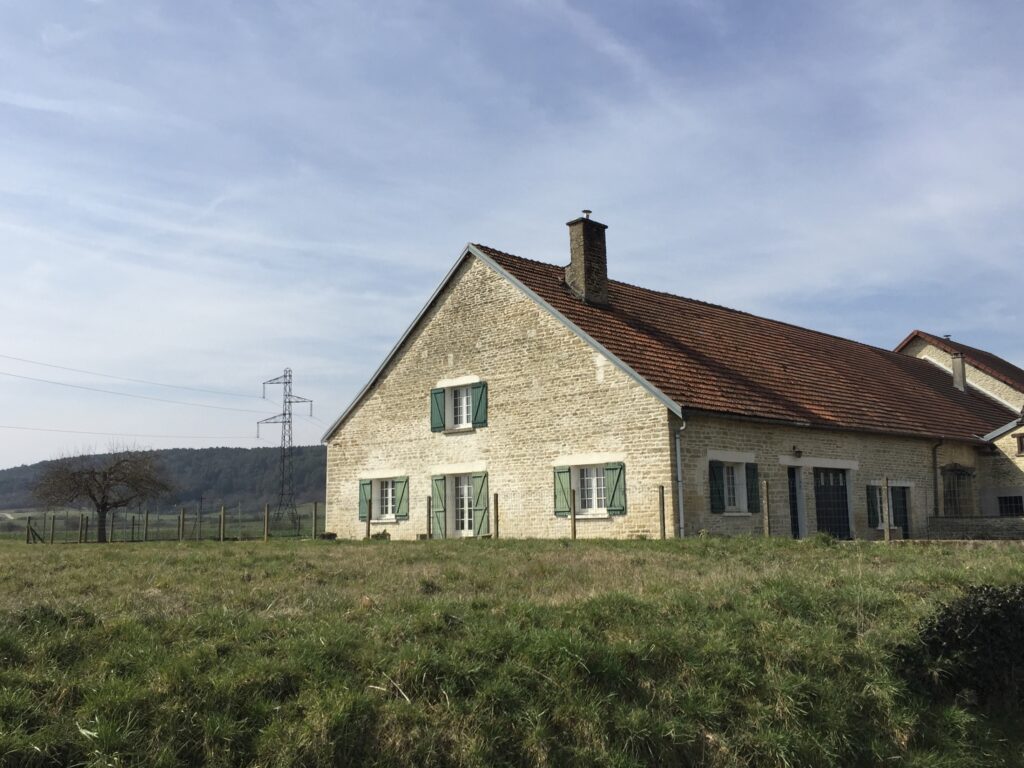
This quaint building sits in the countryside in the Haute-Marne region of northeastern France. It previously served as a barn and then was converted to store coal and other supplies necessary to keep the farm running. I visited here on a field trip while I was studying at my high school’s sister school in Chaumont, France. The current owners of property have cleaned and fixed it up and rent it out for weddings and events now but also use it to showcase different cultural practices of the region. When I visited, I wasn’t fluent in French yet and I missed a lot of what they said but this region is known for some flowers that grow there and they showed us how to make homemade boutonnieres. They had fake flowers for us to use so we could take them home to the states with us. This is such a random building and an equally random event and memory but I will never forget this charming, picturesque little barn that could tell so many stories.
320 South Boston Building

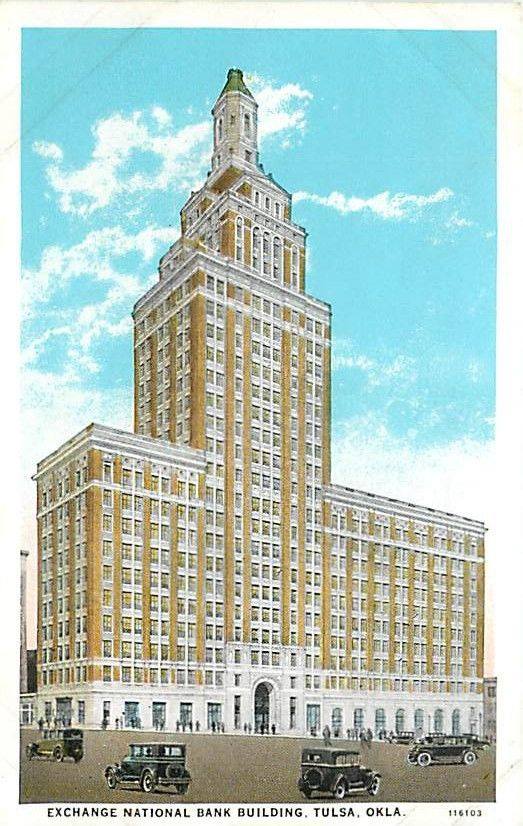
The 320 South Boston Building is one of my favorite buildings. Growing up right outside of Tulsa, I have always heard about Tulsa’s rich history and the Art Deco style that exists throughout downtown. This building specifically always seemed to stand out to me. It fits right in with the buildings of the last century but its ornamentation is unique in comparison. The designer and architect of this building, Oscar Wenderoth, was from Chicago which is where I think he got his different style. He designed the 320 South Boston Building in the Beaux-Arts architecture style which originated in Paris and was taught until the end of the 19th century. The 320 South Boston Building was completed in 1917 and expanded in 1929 so I am led to believe Wenderoth drew upon classic and beloved European architectural principles to give the building a sort of formidability, as it was the tallest building in town at the time. I love this building and I love seeing it when I walk the streets of downtown. It is just as beautiful and ornate on the inside and its grandeur almost seems to transport you to a past time.
34TH STREET BRIDGE IN MOORE

This bridge can be seen when driving through Moore, OK. It was constructed this past year and it has given me something to look forward to every morning. It’s nearly impossible to see during the day, but the lights fade and flow to a new color about every 10 seconds. I think this lighting on the bridge makes Moore, OK seem more lively, especially when it’s dark and there’s hardly any lights on. It seems like a great place to put it seems it stands out at night since it doesn’t have to compete with other lights.
PENSACOLA LIGHTHOUSE
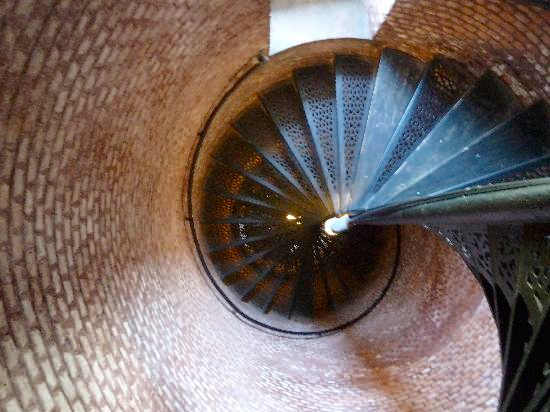
This lighthouse is located in Pensacola, Florida. I had the pleasure of climbing all 177 steps to get to the top. However, this staircase is tightly packed and can feel claustrophobic, but once you reach the top it seems so open and spacious. However, the steepness of the steps and how tight the space is may be due to being conservative, but I feel like it also tells a story. The metal steps are loud each time you take a step but its a reminder that getting to the top starts with one step at a time. Overall, I thought it was a beautiful lighthouse that is currently still active.
OKC MUSEUM OF ART
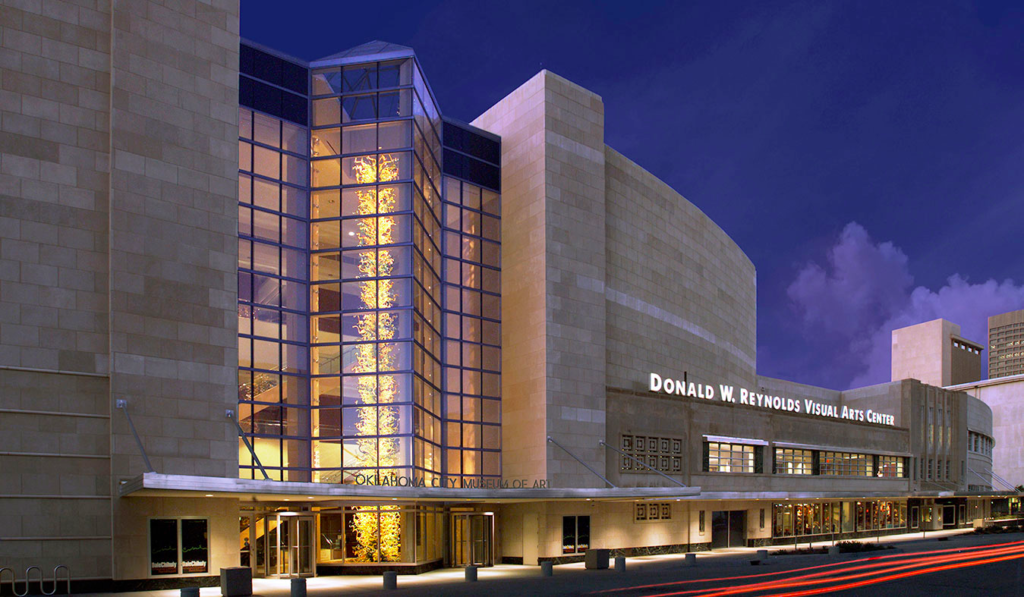
The Oklahoma Museum of Art is so mesmerizing to walk by. When I was walking by this building, it makes it so easy to see the pieces of art in the building. I was surprised that it also had a tall light structure, similar to a Christmas tree. I also loved the materials around the glass because although it seems simple and elegant, it also emphasizes the art that’s on display.
THE GATEWAY ARCH
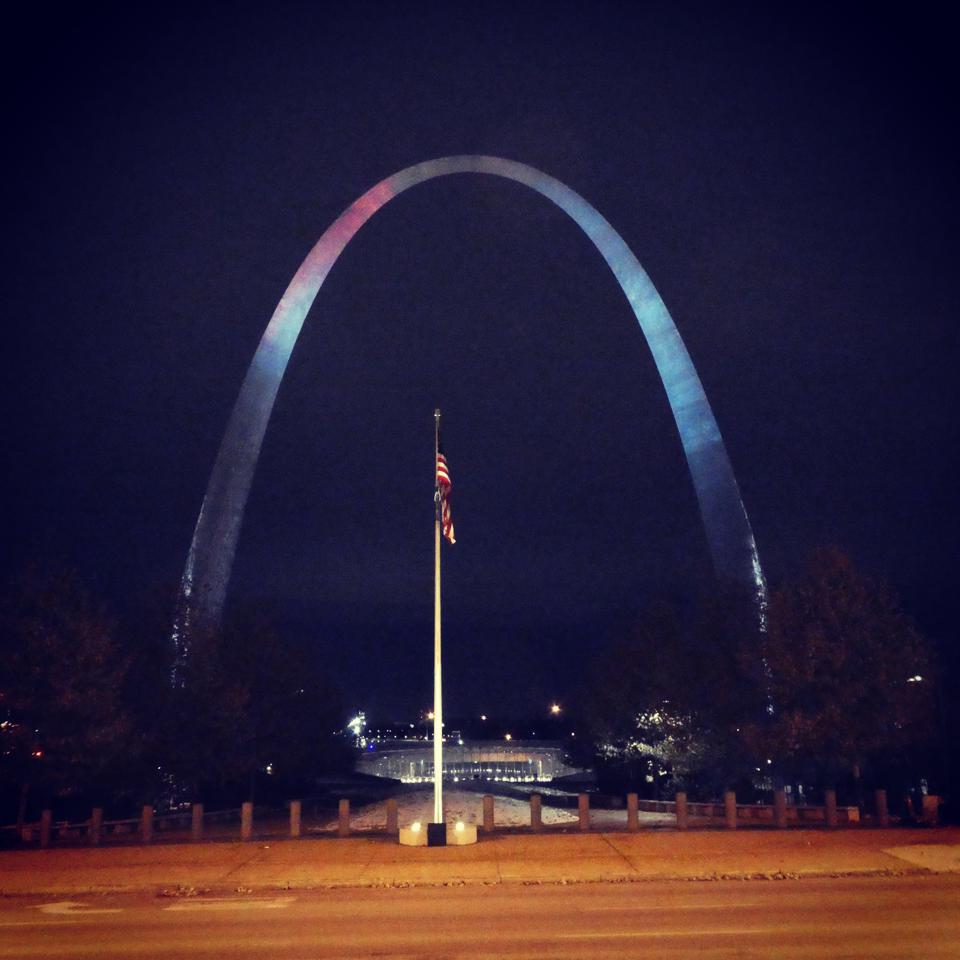
This is the Gateway Arch located in St. Louis, Missouri and it was designed by Eero Saarinen in 1947. I never traveled anywhere growing up besides going to school and home, but I decided to go on a road trip a few years ago. During my trip, I saw this arch while driving and it was my first encounter with architecture besides common buildings. I thought it was so fascinating how tall it was and wondered how it could even support itself. To this day, it’s still one of my favorite structures to see when I’m traveling.

